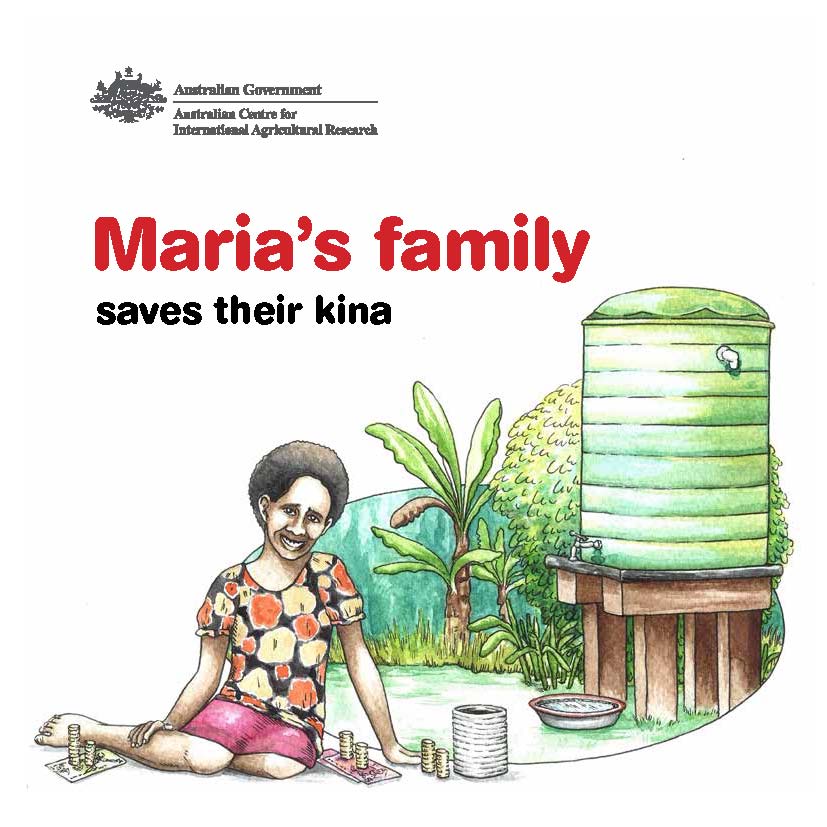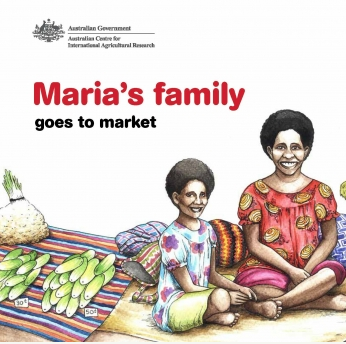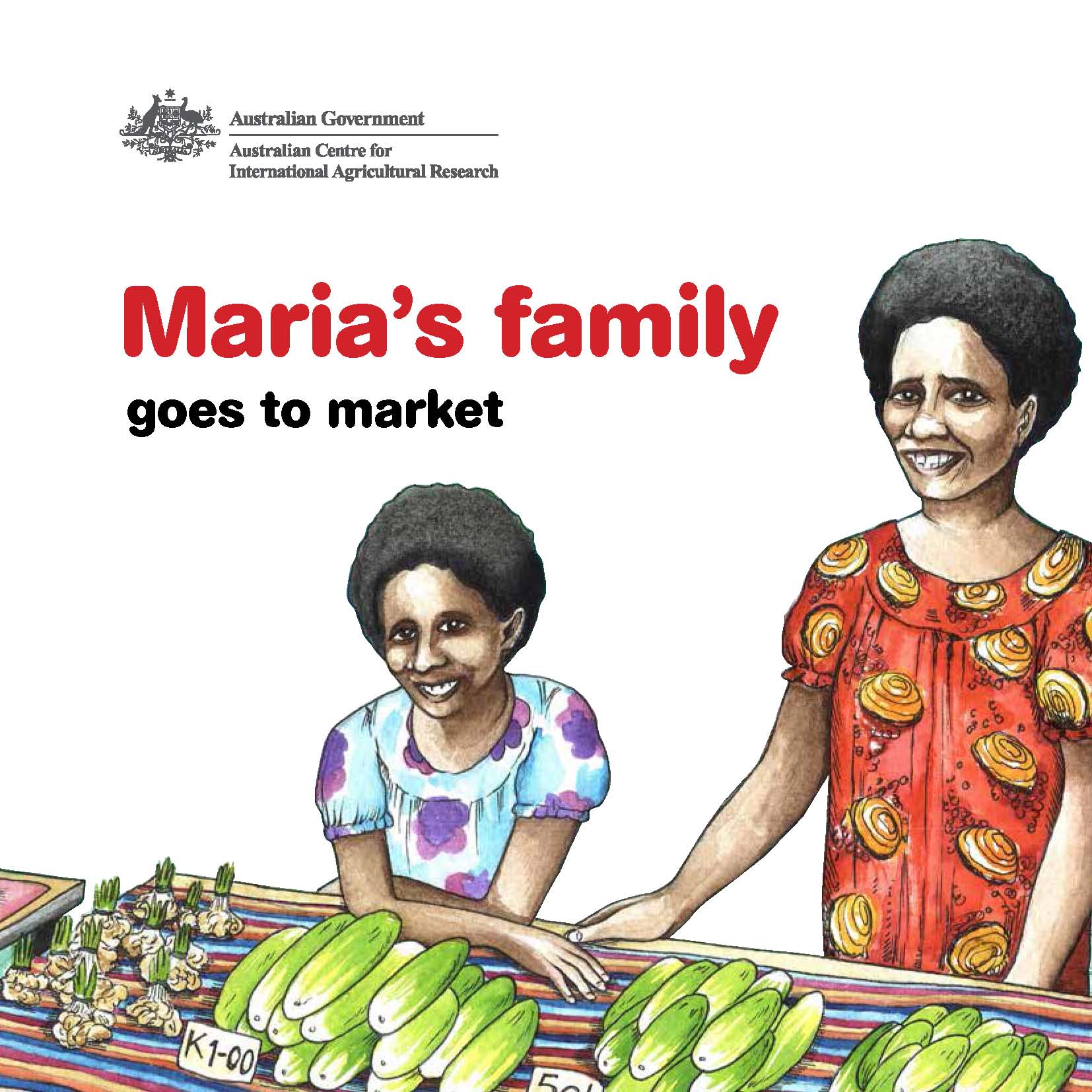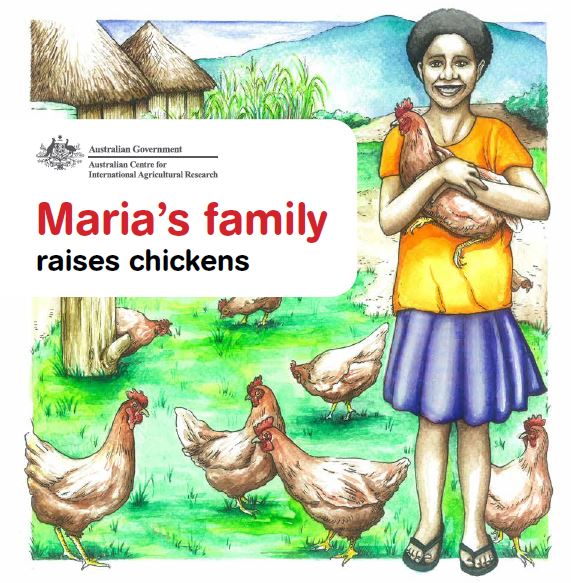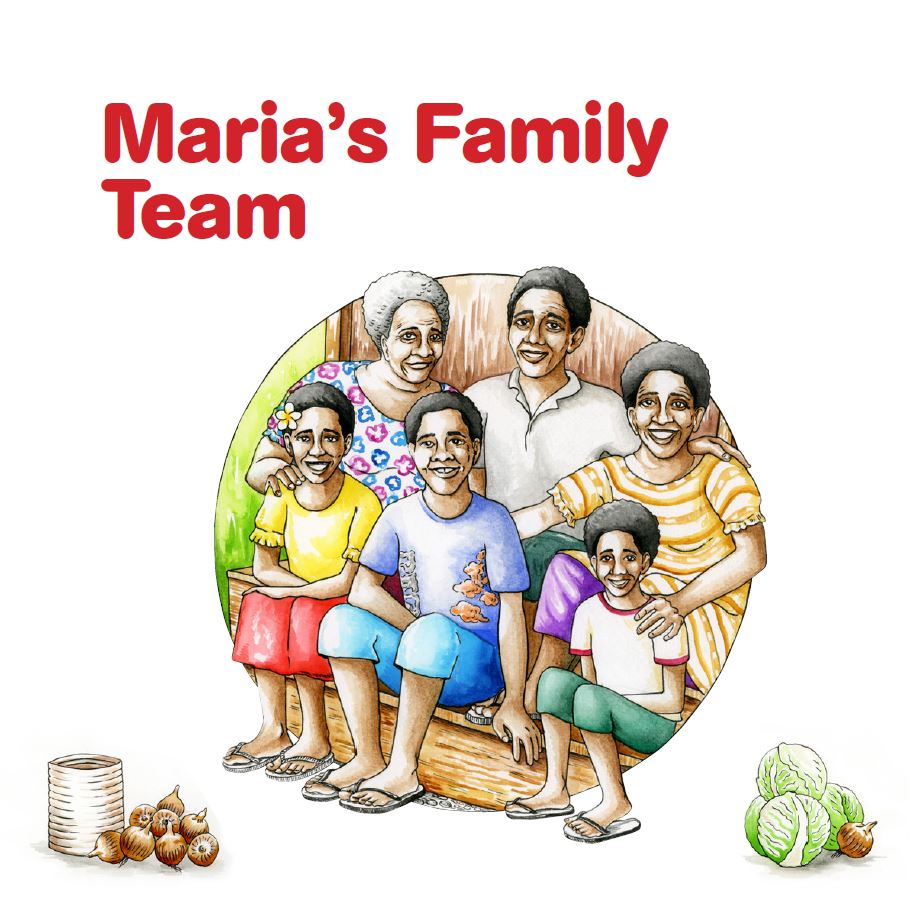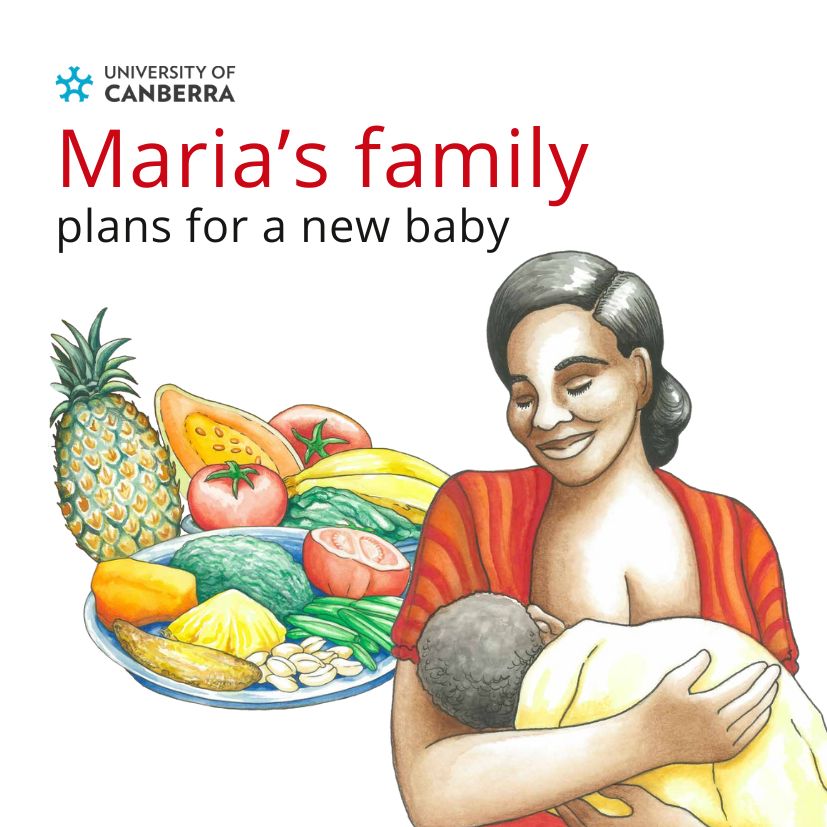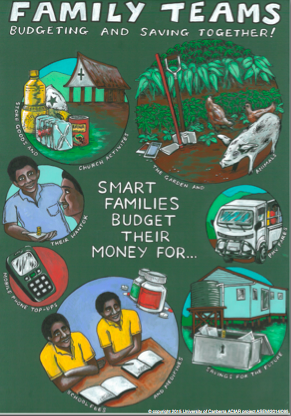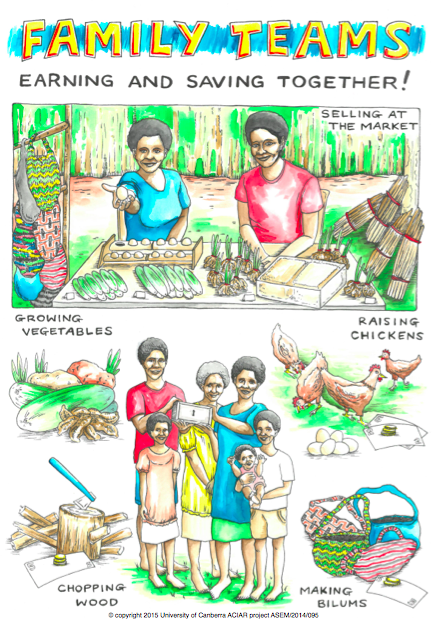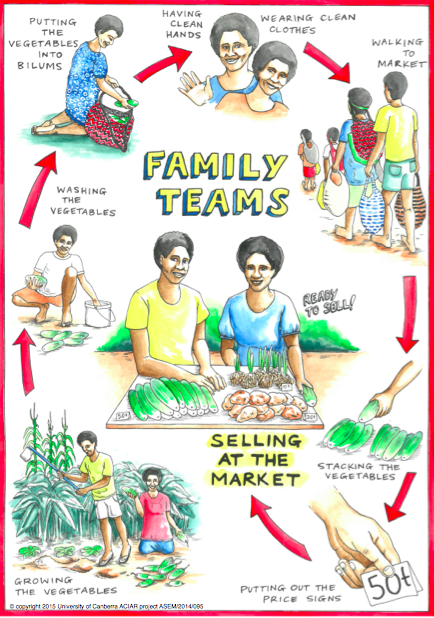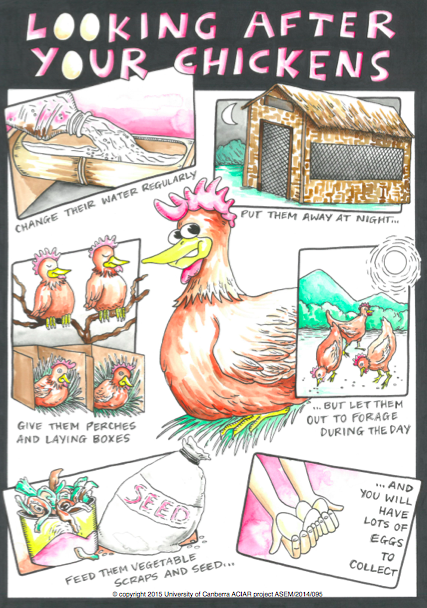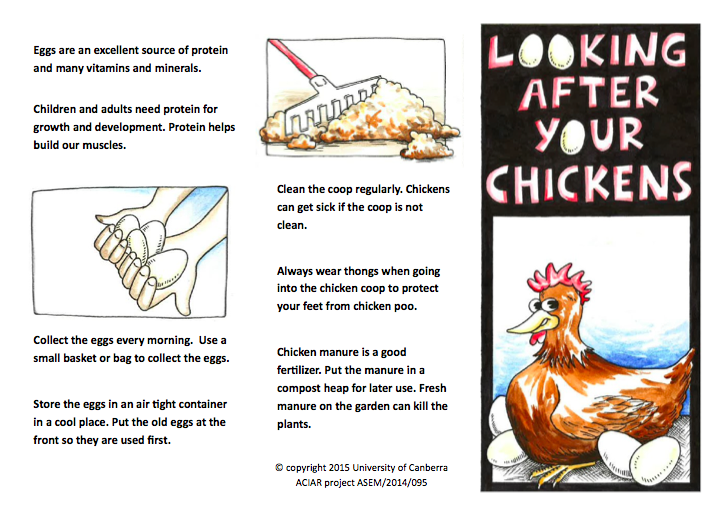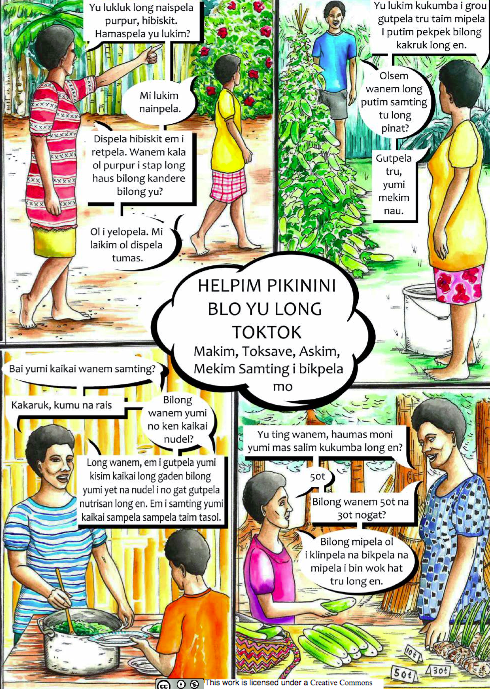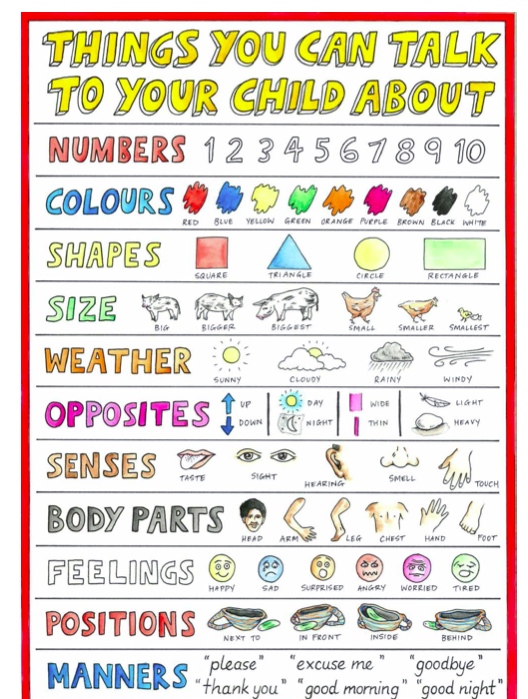Resources for Teachers
The FFT resources for teachers were created in partnership with Pacific Adventist University to develop and trial ways to support PNG teachers to more effectively educate PNG rural children for their future as farmers. Many of these resources may also be useful to others working with children and/or youth and for those working in agricultural and rural development.
Teacher professional development (PD)
An action research project with PNG teachers led to the development of this PD package. The package includes resources and materials about culturally relevant teaching and agriculture which give teachers new content knowledge and skills, and encourage them to build communities of practice around the PD. The package can be transferred to SD cards for use on low cost mobile phones. Click here to learn more about how to use the professional development tools.
Maria’s family books
About the books
The Maria's family children's books were created as a resource for PNG families, teachers and community educators with the aims of teaching key agricultural messages to farming families, helping parents engage in reading activities with their children, and developing the literacy skills of both parents and their children. The content of each book was developed from the research findings of the FFT projects and designed in collaboration with local leaders and farmers in both coastal and highlands PNG. There are five illustrated dual language (Tok Pisin and English) children’s books within the Maria’s family books series. Two of the books, Maria’s family goes to market and Maria’s family saves their kina have a coastal version and a highlands version. Read more about how the Maria’s family books were used in schools. The books were published and printed by ACIAR and were launched in Goroka in 2014 by the Australian Foreign Minister, the Hon. Julie Bishop – click here to read more about their launch.
How to use Maria’s family books
Although the Maria books can be used for early reading development, they are also useful for other class activities, especially because they are based on PNG village life. They can be used from elementary to high school in areas such as mathematics, geography, culture, society, art, nutrition and ‘making a living’. Teachers can also help students to write their own dual language children’s books and posters.
Posters
Maria’s Family books posters
Posters to help children learn about farming life
Agricultural Information Sheets for Teachers
These fact sheets can be used to develop lessons or class activities. They provide the latest agricultural information from the National Agricultural Research Institute.
Teaching Strategies – Videos
These videos show classroom activities that can help children engage more effectively as learners.
Paddle Pop Sticks
Also known as 'No Hands Up’, this teaching method demonstrated in the video is designed to engage everyone in learning. Teachers use the tool to ask questions, everyone thinks of an answer, the teacher pulls out a name on the paddle pop sticks and seeks an answer from that student.
Manage Mat
A short video that describes how to use the Manage Mat tool which can be used for organising individual students and managing groups of students to work.
Mirrors and Windows
A short video that includes examples of teachers using local materials to help students understand new concepts. The materials used are those that students can relate to since these materials mirror those found in their lives and their environment. This approach assists their understanding and learning.
Teaching Strategies – Information Sheets
These short information sheets provide some of the key thinking behind the FFT teaching resources and classroom activities. They also contain links to further reading.
Livelihood Videos (produced by Unitech)
These videos can be shown to the class or can be used to help teachers plan how to do each activity with their class.
![]()
This work is licensed under a Creative Commons Attribution-NonCommercial-ShareAlike 4.0 International License.


